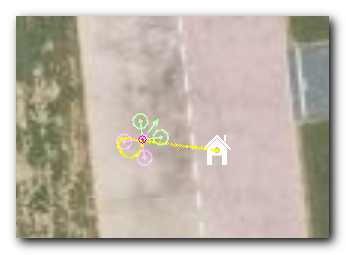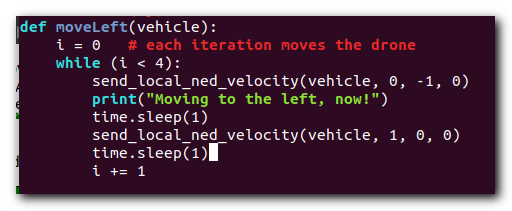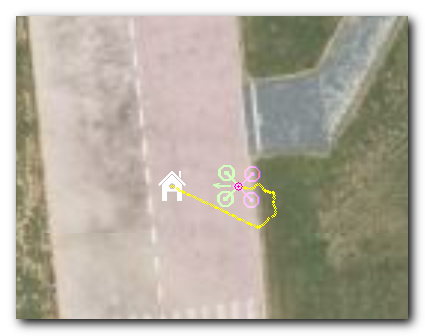So… I am having issues with auto tune, but i decided to chug along and start testing scripts because I am getting decent flight in stab, althold, and loiter mode. I have enabled one harmonic notch filter, but I havent really investigated it too much, just whatever was on the ardupilot doc… I only spent one day on this and I also auto trimmed and manually tuned the roll PIDs.
I started off with the takeoff_and_land script and it went awesome imo, then proceeded to play with different heights and was successful. I tried RTL mode and was approx within +/-2 feet so I assumed that GPS was good (I am looking to upgrade GPS module if anyone has suggestions). Then, I started testing the set_velocity_body script and got some unusual behavior. The first test was to go forward for a bit and then enable RTL, which was a success. But then, I tried the East and West directions and the drone started yawing for some reason. Is this because the autotune? Has anyone experienced this?





 )
)